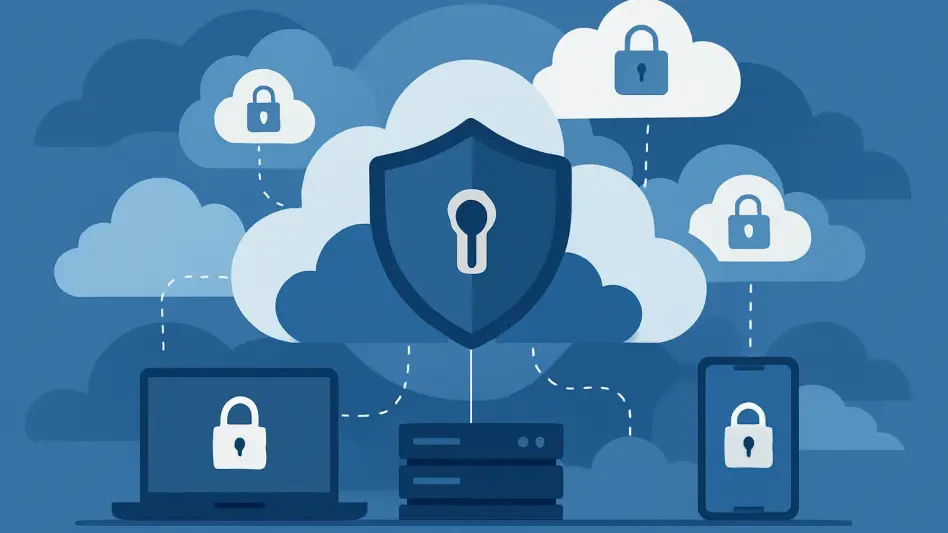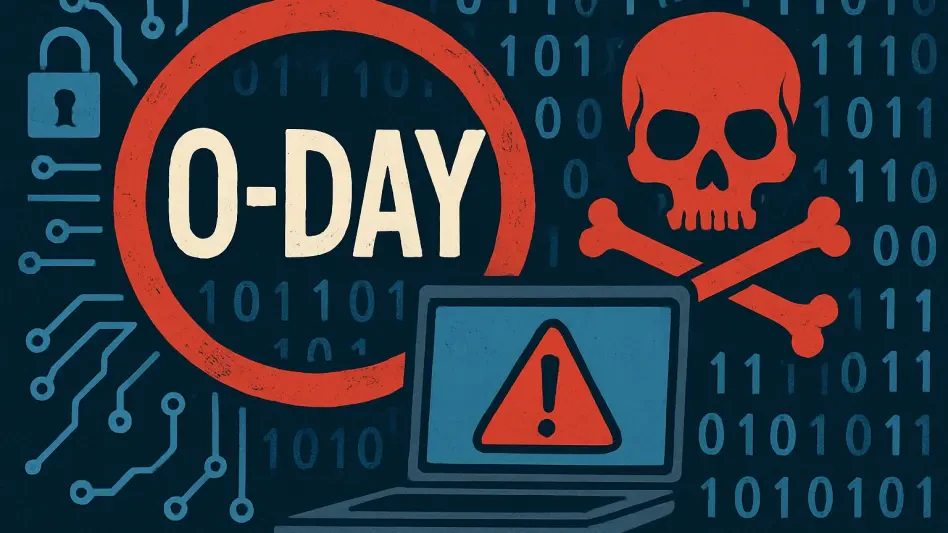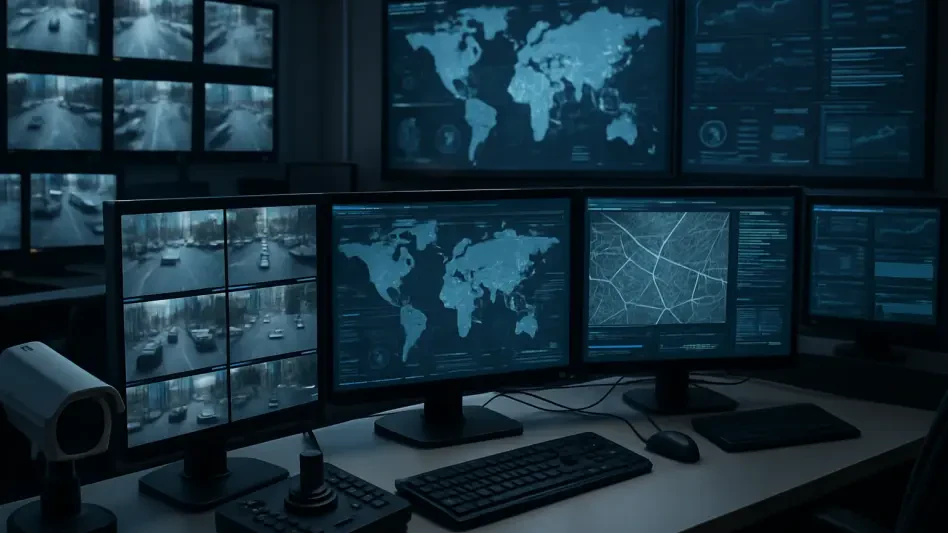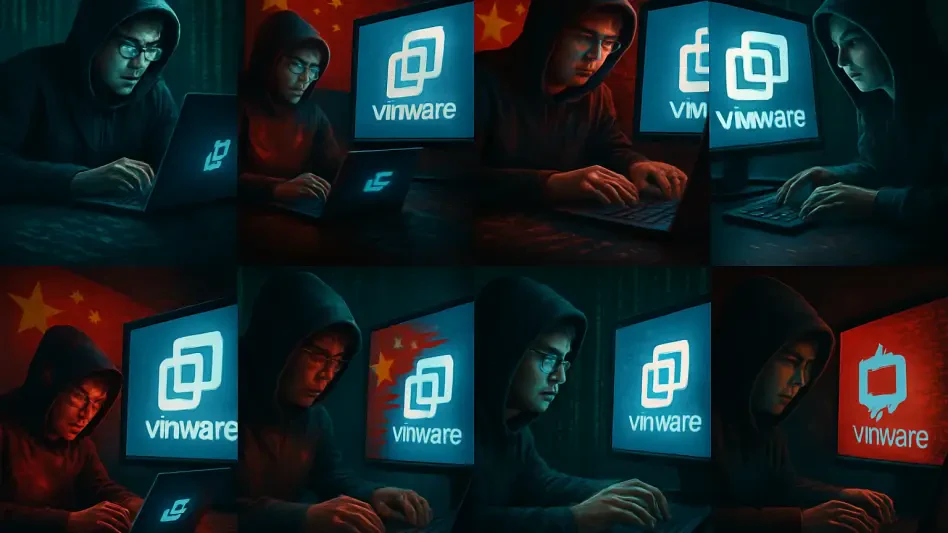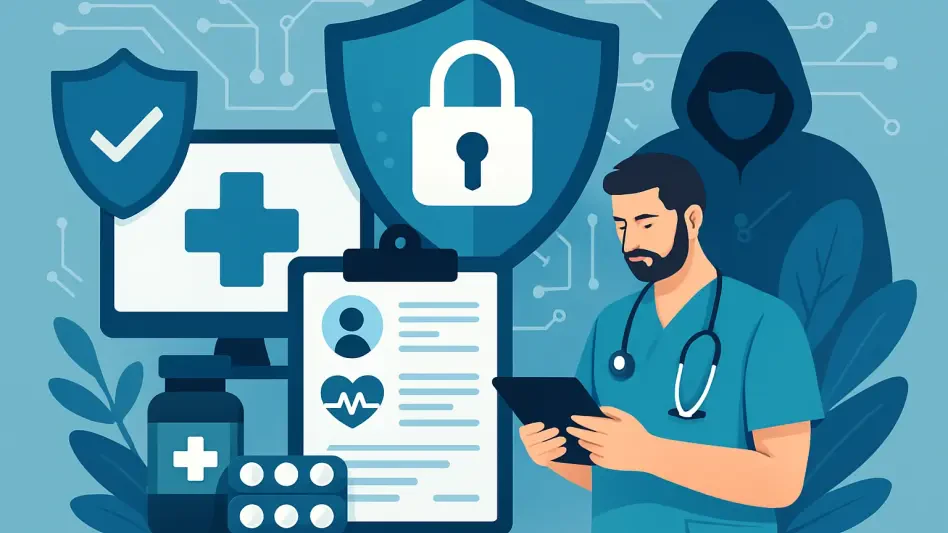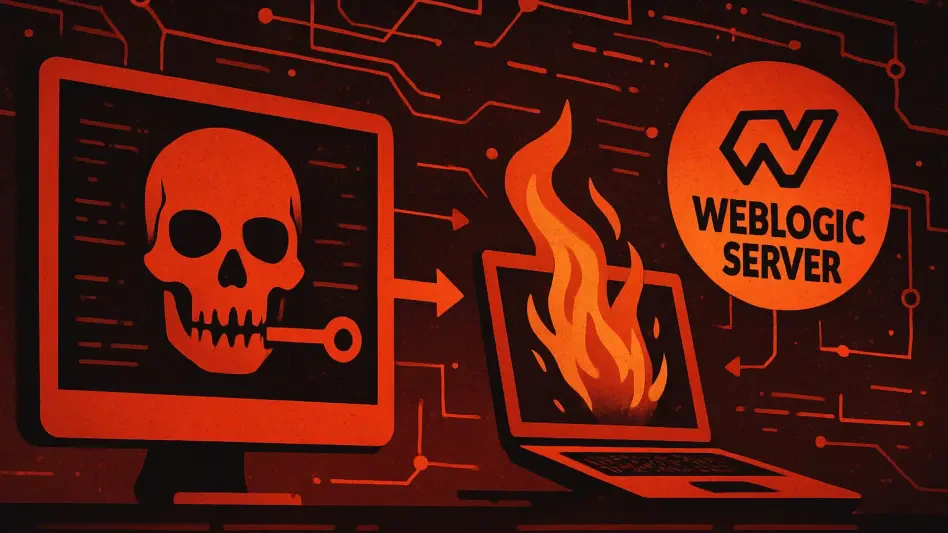In today’s rapidly evolving digital landscape, staying abreast of the latest cybersecurity threats and trends is no longer optional but a necessity for organizations aiming to protect their sensitive information. The cyber threat landscape has become increasingly complex, with attackers constantly developing new strategies to exploit vulnerabilities in systems and software. As we navigate this challenging environment, it is crucial to understand the recent developments and prepare accordingly.
Recent Exploited Vulnerabilities and System Patches
Zero-Day Vulnerability in Ivanti Connect Secure
One of the most significant security concerns in recent times is the exploitation of the zero-day vulnerability (CVE-2025-0282) in Ivanti Connect Secure. This critical flaw left VPN appliances vulnerable to attacks, allowing malicious actors to gain unauthorized access to sensitive networks. The ramifications were severe, as affected organizations faced potential data breaches and disruptions. In response, Ivanti swiftly released patches targeting this vulnerability and an additional one to mitigate the risks. The proactive approach by Ivanti demonstrated the importance of immediate action in addressing such zero-day threats before they can be widely exploited.
Microsoft’s January 2025 Patch Tuesday Updates
Another noteworthy development involves Microsoft’s January 2025 Patch Tuesday updates. This series of updates primarily focused on securing Windows 10, Windows 11, Office, and SharePoint, which are widely used across various industries. It is critical to stay updated with such patches as they address numerous vulnerabilities that could otherwise be leveraged by attackers. Interestingly, the January update cycle did not include standalone Servicing Stack Updates (SSUs) and only had one development tool update. This selective approach highlights how every update cycle can be unique and underscores the importance of closely monitoring such releases.
Emerging Threats Targeting Individuals and Organizations
Cryptojacking Campaign Impersonating CrowdStrike
A concerning trend in the cybersecurity landscape is the targeting of individuals through sophisticated phishing schemes. One recent attack involved cryptojackers posing as the reputable cybersecurity firm CrowdStrike to deceive job-seeking developers. The attackers aimed to trick these individuals into installing the XMRig cryptocurrency miner, which could then covertly hijack system resources for mining operations. This tactic exploits the trust people place in well-known companies and demonstrates how personal vigilance and awareness are critical in preventing such threats from succeeding. Both individuals and organizations need to be conscious of these tactics and employ measures such as educating employees about phishing schemes.
Banshee Stealer Malware Targeting macOS Users
While Windows users often find themselves in the spotlight regarding malware attacks, macOS users are not immune. The recent discovery of the Banshee Stealer malware shows an increasing focus on macOS environments, particularly targeting those in Russian-speaking regions. This malware is designed to steal sensitive information, including passwords and financial data, posing significant risks to its victims. The rise of such specialized threats indicates that attackers are broadening their scope and adapting their methods to infiltrate a variety of operating systems. Consequently, macOS users should no longer consider themselves safe from cyber threats and must adopt robust security measures consistently.
Strategic Preventive Measures and Regulatory Initiatives
Employee Training and AI in Enhancing Security Measures
One of the most effective ways to mitigate ransomware attacks and other cybersecurity threats is through comprehensive employee training programs. Ensuring that staff members are well-versed in recognizing suspicious activities and understanding security protocols can significantly reduce the risk of successful attacks. Additionally, integrating AI into security measures can enhance threat detection and response capabilities. AI-driven solutions can analyze vast amounts of data in real time, identifying patterns indicative of malicious behavior and allowing organizations to act swiftly to neutralize risks. This combination of human awareness and advanced technology is crucial for a holistic cybersecurity strategy.
U.S. Cyber Trust Mark for Consumer-Grade Devices
In a significant move towards raising cybersecurity standards, the U.S. has introduced the Cyber Trust Mark, a voluntary labeling program for consumer-grade internet-connected devices. This initiative aims to provide consumers with clear information about the security features of the IoT devices they purchase and use. By encouraging manufacturers to meet higher security standards, this program hopes to reduce the number of poorly secured devices on the market, which can become easy targets for attackers. As such initiatives become more widespread, the overall security posture of the internet-connected ecosystem should improve, benefiting both consumers and organizations dependent on these technologies.
Ongoing Investigations and Industry Insights
Data Breach Investigations: ICAO and U.S. Treasury Department
Data breaches remain a persistent concern, with ongoing investigations shedding light on the complexities and impacts of such incidents. The United Nations’ International Civil Aviation Organization (ICAO) has recently been involved in a cybersecurity incident, prompting an investigation into potential data breaches. Similarly, the U.S. Treasury Department is investigating a cybersecurity event linked to BeyondTrust, a leading provider of privileged access management solutions. These investigations underscore the importance of robust security practices and continual vigilance. Organizations must stay prepared, conduct regular audits, and ensure compliance with evolving security frameworks to safeguard their data.
Challenges and Trends: DevSecOps and Tool Integration
Insights from industry leaders, such as GitLab’s Chief Information Security Officer (CISO) Josh Lemos, provide valuable perspectives on current cybersecurity practices. Lemos emphasizes the shift towards DevSecOps, a practice that integrates security into the development process from the start, rather than as an afterthought. However, integrating security tools into the development workflow presents challenges due to the growing complexity of modern software environments. Organizations must navigate these complexities to adopt a truly secure development process. Moreover, the balance between proprietary and open-source tools for cyber threat research is crucial, as both approaches offer distinct advantages and should be leveraged to achieve comprehensive security.
Evolving Cybersecurity Landscape and Future Challenges
Phishing Attacks and Quantum Computing Risks
Phishing attacks continue to be a prevalent threat, with attackers using increasingly sophisticated tactics to deceive victims. Organizations need to implement stringent email filtering systems and conduct regular training to educate employees on recognizing phishing attempts. Additionally, the advent of quantum computing poses a new dimension of risk, potentially undermining current cryptographic standards. Robust cryptographic measures and research into quantum-resistant algorithms are essential to counteract these future threats. Proactive planning and investment in cutting-edge security solutions will be crucial for staying ahead in the ever-evolving cybersecurity landscape.
European Compliance Challenges and AI in Social Engineering
European companies face the daunting task of meeting the EU’s Digital Operational Resilience Act (DORA) deadline, which mandates stringent cybersecurity and operational resilience requirements. Compliance with these regulations necessitates significant resources and a deep understanding of the complex landscape of data protection laws. Furthermore, the rise of AI and deepfake technology presents new social engineering threats, with attackers using sophisticated techniques to manipulate and deceive victims. Organizations must stay vigilant, continuously adapting their defenses to address these novel risks. The evolving nature of these challenges highlights the need for ongoing education, investment in advanced security technologies, and collaboration within the cybersecurity community.
Conclusion
In today’s fast-paced digital world, keeping up with the latest cybersecurity threats and trends has become essential rather than optional for organizations that want to safeguard their sensitive information. The cyber threat landscape is increasingly complex, with hackers constantly devising new methods to exploit weaknesses in systems and software. To navigate this challenging environment, it is vital to stay informed about the most recent developments and prepare accordingly.
Being proactive in cybersecurity measures ensures that organizations can better defend against potential attacks. This involves implementing strong security protocols, conducting regular risk assessments, and staying updated on threat intelligence. Additionally, fostering a culture of security awareness among employees can significantly reduce vulnerabilities.
By understanding the evolving nature of cyber threats and adopting a comprehensive security strategy, organizations can not only protect their valuable assets and data but also maintain trust and credibility with their clients and stakeholders. In a world where digital threats are ever-present, preparedness is key to resilience and long-term success.


